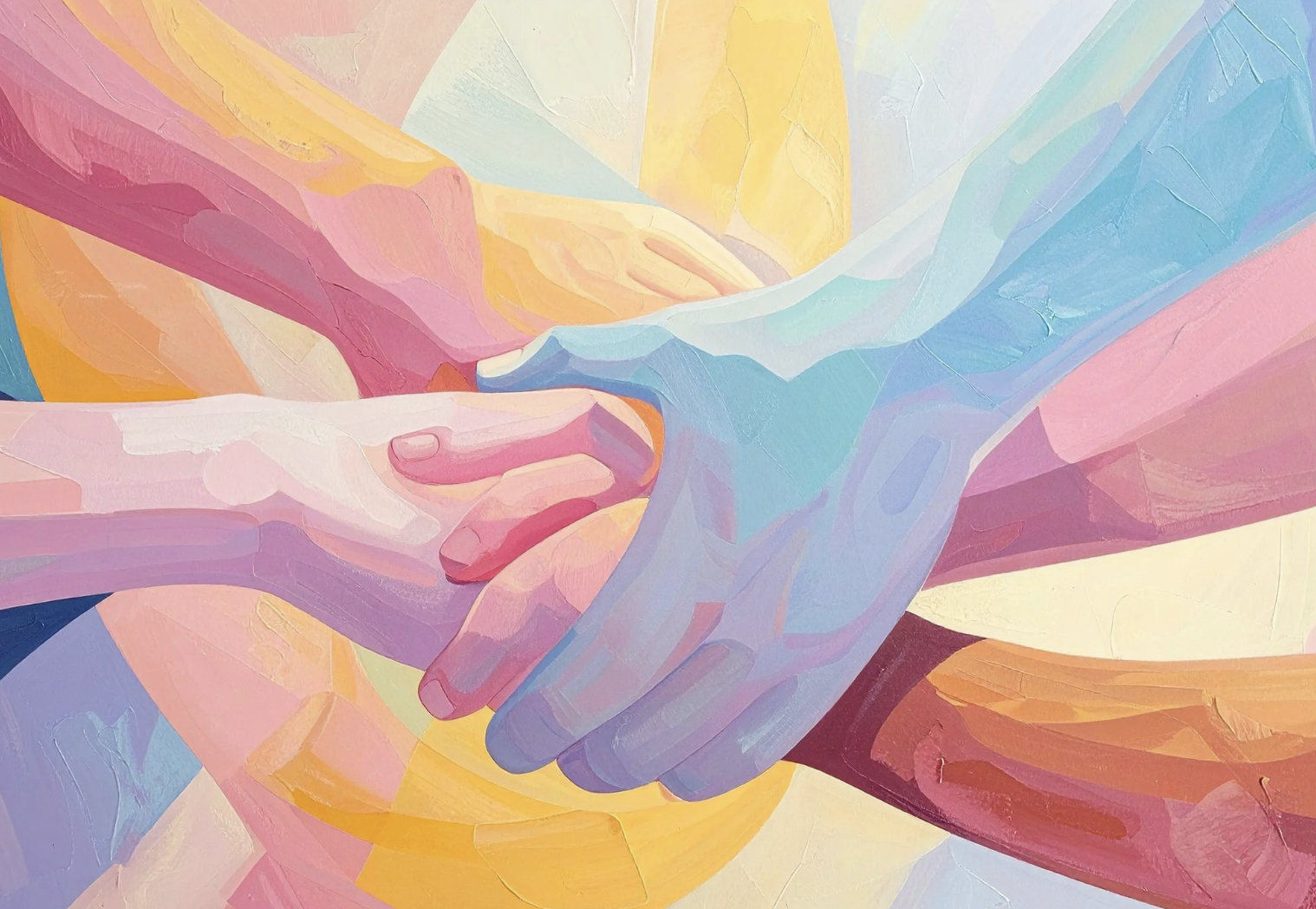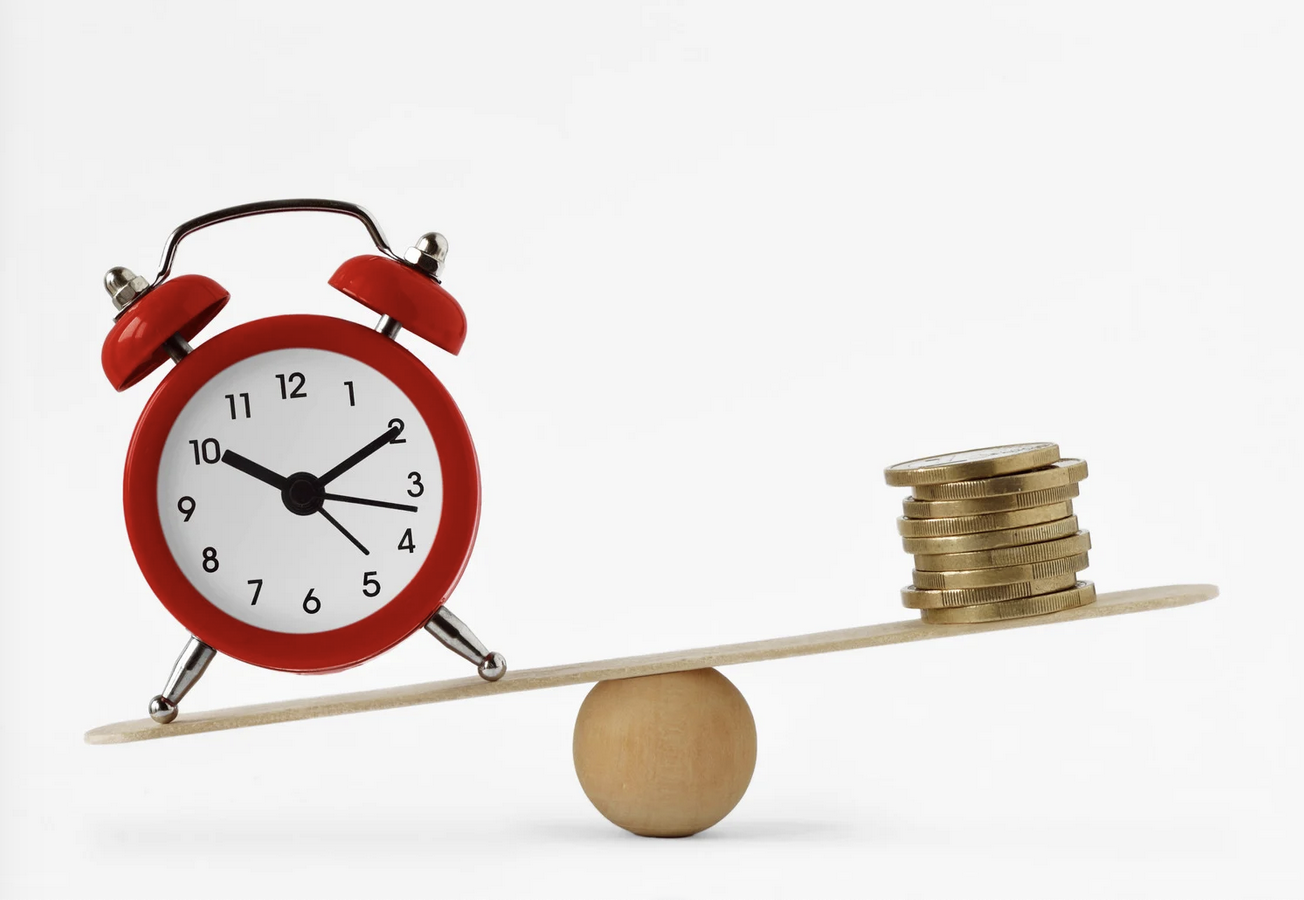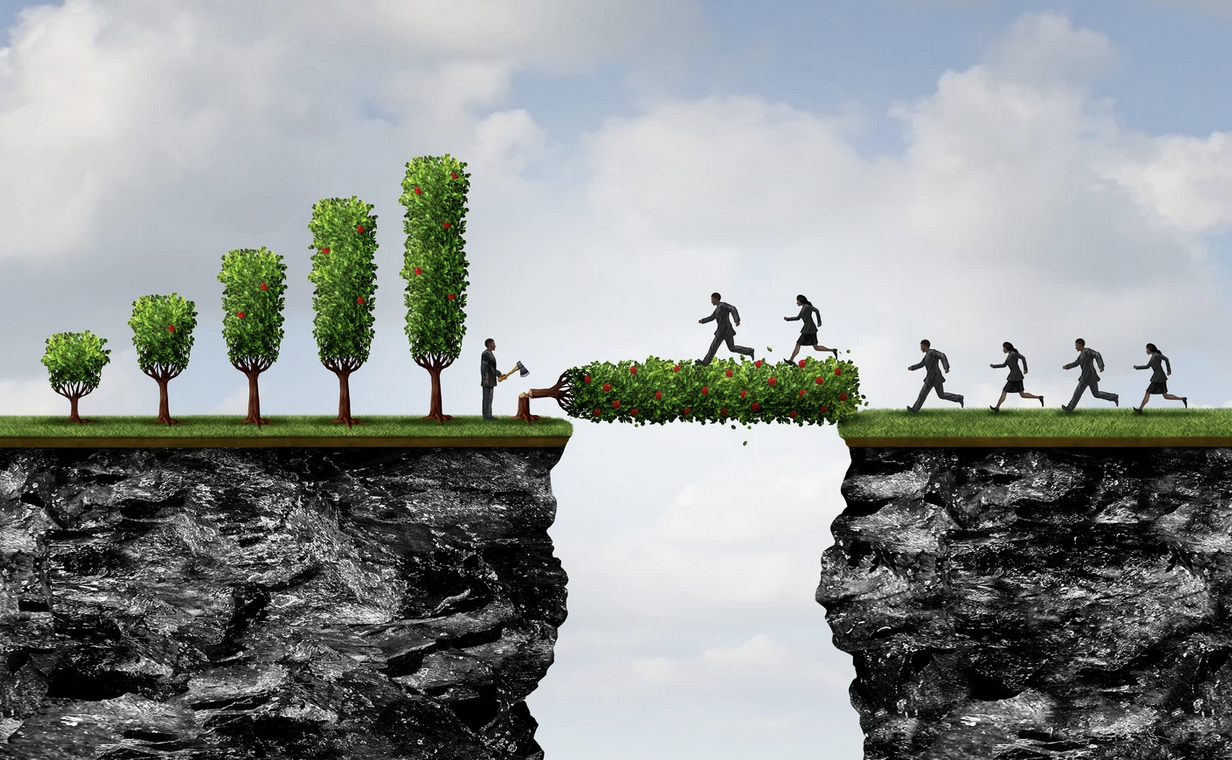In a world of constant change and uncertainty, the teams that thrive won’t be those that resist chaos—they’ll be those that use chaos as fuel for growth and innovation.
We’re living in an era of unprecedented volatility, uncertainty, complexity, and ambiguity (VUCA). Traditional team-building approaches that focus on stability, predictability, and control are not just inadequate—they’re counterproductive. They create fragile teams that break under pressure.
What we need instead are anti-fragile teams—teams that don’t just survive chaos but actually get stronger from it. These teams use disruption as an opportunity for growth, uncertainty as a catalyst for innovation, and challenge as a pathway to higher levels of collaboration.
Understanding Anti-Fragility
The concept of anti-fragility, developed by Nassim Taleb, describes systems that gain strength from stress and disorder. Unlike resilient systems that bounce back to their original state, anti-fragile systems evolve to a higher level of capability through challenge.
In team dynamics, anti-fragility means: – Using conflict as creative tension that generates breakthrough solutions – Treating failures as learning accelerators rather than setbacks – Leveraging uncertainty to develop adaptability and innovation – Transforming pressure into performance enhancement – Converting challenges into team bonding and growth opportunities
The Four Pillars of Anti-Fragile Teams
Pillar 1: Conscious Communication Anti-fragile teams have developed communication patterns that thrive under pressure rather than break down.
Characteristics: – Radical honesty without blame or judgment – Ability to discuss difficult topics directly and constructively – Emotional intelligence that allows for processing stress collectively – Clear distinction between person and position in disagreements – Communication that becomes more precise and effective under pressure
Development Practices: – Regular “difficult conversation” practice sessions – Emotional intelligence training and development – Conflict resolution skills that treat disagreement as creative opportunity – Communication protocols for high-stress situations
Pillar 2: Adaptive Intelligence Anti-fragile teams develop collective intelligence that improves under uncertainty and complexity.
Characteristics: – Rapid learning and adaptation cycles – Ability to hold multiple perspectives simultaneously – Comfort with not-knowing and ambiguity – Pattern recognition that improves with exposure to variety – Decision-making that gets better under time pressure
Development Practices: – Scenario planning and “what-if” exercises – Cross-training and skill diversification – Regular exposure to new challenges and perspectives – Decision-making practice under artificial time constraints
Pillar 3: Energetic Coherence Anti-fragile teams maintain energetic alignment that strengthens under pressure rather than fragments.
Characteristics: – Shared purpose that becomes clearer during challenges – Mutual support that increases during difficult times – Energy management practices that sustain performance – Collective resilience that draws strength from individual vulnerabilities – Team identity that is strengthened by overcoming obstacles together
Development Practices: – Purpose clarification and alignment exercises – Energy management and stress regulation training – Team bonding activities that simulate challenge and support – Practices for maintaining connection during distributed or remote work
Pillar 4: Creative Problem-Solving Anti-fragile teams develop problem-solving capabilities that become more innovative under constraint and pressure.
Characteristics: – Breakthrough thinking that emerges from limitation – Resource creativity that finds solutions with minimal inputs – Innovation that accelerates under time pressure – Collaborative creativity that exceeds individual capabilities – Solution generation that improves with problem complexity
Development Practices: – Innovation challenges with artificial constraints – Creative problem-solving training and exercises – Cross-functional collaboration on complex challenges – Regular exposure to problems outside the team’s normal domain
The Chaos Navigation Protocol
Anti-fragile teams need specific protocols for navigating chaotic situations:
Phase 1: Rapid Assessment (First 24 Hours) – Quick team check-in to assess individual and collective state – Identification of immediate challenges and opportunities – Resource inventory and capability assessment – Communication protocol activation for crisis mode
Phase 2: Adaptive Response (Days 2-7) – Collaborative analysis of the situation and implications – Rapid experimentation with potential solutions – Continuous feedback loops and course correction – Stress management and team support activation
Phase 3: Learning Integration (Week 2+) – Systematic analysis of what worked and what didn’t – Integration of new capabilities and insights – Process improvement based on chaos navigation experience – Preparation for future challenges based on lessons learned
The Antifragile Leadership Model
Leading anti-fragile teams requires a different approach than traditional team leadership:
Traditional Leadership in Crisis: – Provides certainty and direction – Makes decisions to reduce uncertainty – Protects team from stress and challenge – Maintains stability and predictability
Anti-Fragile Leadership in Crisis: – Helps team navigate uncertainty consciously – Facilitates collaborative decision-making under pressure – Uses stress as a team development opportunity – Creates conditions for growth through challenge
Key Anti-Fragile Leadership Skills: – Comfort with not-knowing and uncertainty – Ability to hold space for team stress and emotion – Skill in facilitating rapid learning and adaptation – Capacity to see opportunity within challenge – Talent for maintaining team coherence during chaos
The Stress Inoculation Process
Just as physical fitness requires progressive stress to build strength, anti-fragile teams require progressive challenge to build capability.
Level 1: Controlled Stress – Artificial deadlines and time constraints – Resource limitation exercises – Simulated crisis scenarios – Cross-functional challenge projects
Level 2: Real-World Challenge – Volunteer for difficult projects – Take on stretch goals and ambitious targets – Work with challenging clients or situations – Navigate actual organizational changes
Level 3: Chaos Mastery – Seek out volatile and uncertain environments – Take on “impossible” challenges – Work in rapidly changing industries or markets – Lead organizational transformation initiatives
The Collective Nervous System Development
Anti-fragile teams develop what I call a “collective nervous system”—the ability to sense, process, and respond to environmental changes as a unified organism.
Sensing Capability: – Multiple team members monitoring different environmental factors – Early warning systems for potential challenges or opportunities – Collective intuition that emerges from individual insights – Pattern recognition that improves with team experience
Processing Capability: – Rapid information sharing and analysis – Collective sense-making of complex situations – Distributed decision-making that maintains coherence – Integration of multiple perspectives into unified understanding
Response Capability: – Coordinated action without extensive planning – Adaptive execution that adjusts in real-time – Resource mobilization and reallocation – Collective learning from response effectiveness
The AI-Enhanced Anti-Fragility
Artificial intelligence can significantly enhance team anti-fragility by:
Predictive Analysis: Identifying potential challenges and opportunities before they become critical
Pattern Recognition: Helping teams recognize patterns in their own anti-fragile development
Scenario Modeling: Running simulations of potential challenges and team responses
Performance Tracking: Monitoring team anti-fragility metrics and development progress
Resource Optimization: Helping teams make the most of limited resources during challenges
The Anti-Fragile Culture Indicators
You know you’re building anti-fragile team culture when:
• Team members get excited about difficult challenges
• Failures are celebrated as learning opportunities
• Uncertainty is seen as creative potential
• Conflict generates breakthrough solutions
• Pressure improves rather than degrades performance
• Team bonds strengthen during difficult times
• Innovation accelerates under constraint
• Change is welcomed as growth opportunity
The Measurement Framework
Track your team’s anti-fragility development using:
Stress Response Metrics: – Performance under pressure vs. normal conditions – Innovation rate during challenging periods – Team cohesion during crisis situations – Recovery time from setbacks
Adaptation Metrics: – Speed of learning new skills or processes – Flexibility in role and responsibility changes – Success rate with unfamiliar challenges – Improvement rate in problem-solving capability
Growth Metrics: – Capability expansion through challenge – Confidence increase through difficulty navigation – Leadership development under pressure – Collective intelligence enhancement
The Future of Team Development
The future belongs to teams that can thrive in chaos, not just survive it.
As the pace of change continues to accelerate and uncertainty becomes the only constant, anti-fragile teams will have an enormous competitive advantage. They’ll be the teams that:
• Turn market disruption into innovation opportunity
• Use organizational change as team development catalyst
• Transform customer challenges into service breakthroughs
• Convert resource constraints into creative solutions
Building anti-fragile teams isn’t just about business success—it’s about creating human experiences that are fulfilling, growth-oriented, and meaningful even in the midst of chaos.When your team learns to dance with uncertainty instead of fighting it, chaos becomes your competitive advantage and challenge becomes your fuel for evolution.







